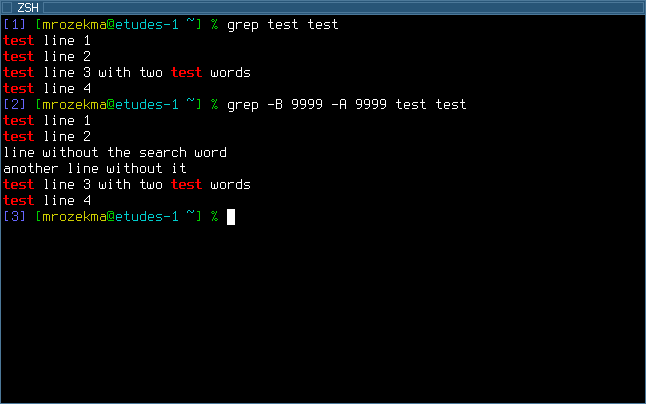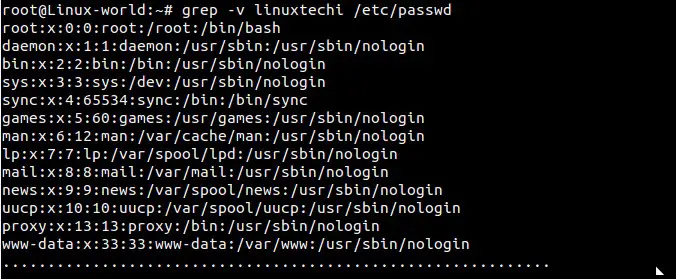

This idea is so obvious that it seems not worth mentioning, but the important thing to remember is that these characters are search patterns.

For instance, if you are looking for the letter "t", Grep stops and reports a match when it encounters a "t" in the text. Most characters that you type into the Find & Replace dialog match themselves. (However, you do not need to understand anything about Perl in order to make use of BBEdit's grep searching.) Most Characters Match Themselves For readers with prior experience, this is essentially like the syntax used for regular expressions in the Perl programming language.
#Bbedit grep examples how to#
This section explains how to create search patterns using BBEdit's grep syntax. Writing Search Patterns Writing Search Patterns To subscribe to this list, please visit the support section of our web site, which offers the option to sign up.īBEdit's grep engine is based on the PCRE library package, which is open source software, written by Philip Hazel, and copyright 1997-2000 by the University of Cambridge, England. The BBEdit-Talk online mailing list covers a wide range of topics and questions about using BBEdit, which frequently include searching and the use of grep patterns. ISBN 9-0Īlthough it does not cover BBEdit's grep features specifically, Mastering Regular Expressions is an outstanding resource for learning the "how-to" of writing useful grep patterns, and the new second edition is even better than the original.

Mastering Regular Expressions, 2nd Editionīy Jeffrey E.F. For this reason, you will often see regular expressions called "grep patterns," as BBEdit does. Grep is the name of a frequently used Unix command that searches using regular expressions, the same type of search pattern used by BBEdit. What exactly do you put between them that means "any number of letters"? That is what this chapter is all about. Consider the first example above, where we want to search for text that begins with the letter "C" and ends with the letter "l" with any number of letters in between. What makes pattern searching counterintuitive at first is how you describe the pattern. With the "Entire Word" option on, you are looking for the string "corn" only if it is surrounded by white space or punctuation characters special search characters, called metacharacters, are added to the search string you specified to indicate this. With the "Match Case" option turned off, you are actually looking for a pattern that says: look for a C or c, O or o, R or r, and N or n. The Find & Replace dialog's "Match Case" and "Entire Word" options turn on special searching patterns. In fact, you have probably already used pattern searching without realizing it. A pattern like this would match "Call", "Cornwall", and "Criminal" as well as hundreds of other words. For instance, a pattern can describe words that begin with C and end in l. But if the list is arranged first name first, a simple grep pattern can be used to put the names in the proper order for sorting.Ī grep pattern, also known as a regular expression, describes the text that you are looking for. If the names appear last name first, you can easily put these names in a BBEdit window and use the Sort tool.

For example, suppose you have a list of people's names that you want to alphabetize. Grep patterns offer a powerful way to make changes to your data that "plain text" searches simply cannot. Combined with the multi-file search and replace features, BBEdit's grep capabilities can make many editing tasks quicker and easier, whether you are modifying Web pages, extracting data from a file, or just rearranging a phone list. This section describes the Grep option in BBEdit's Find command, which allows you to find and change text that matches a set of conditions you specify.


 0 kommentar(er)
0 kommentar(er)
